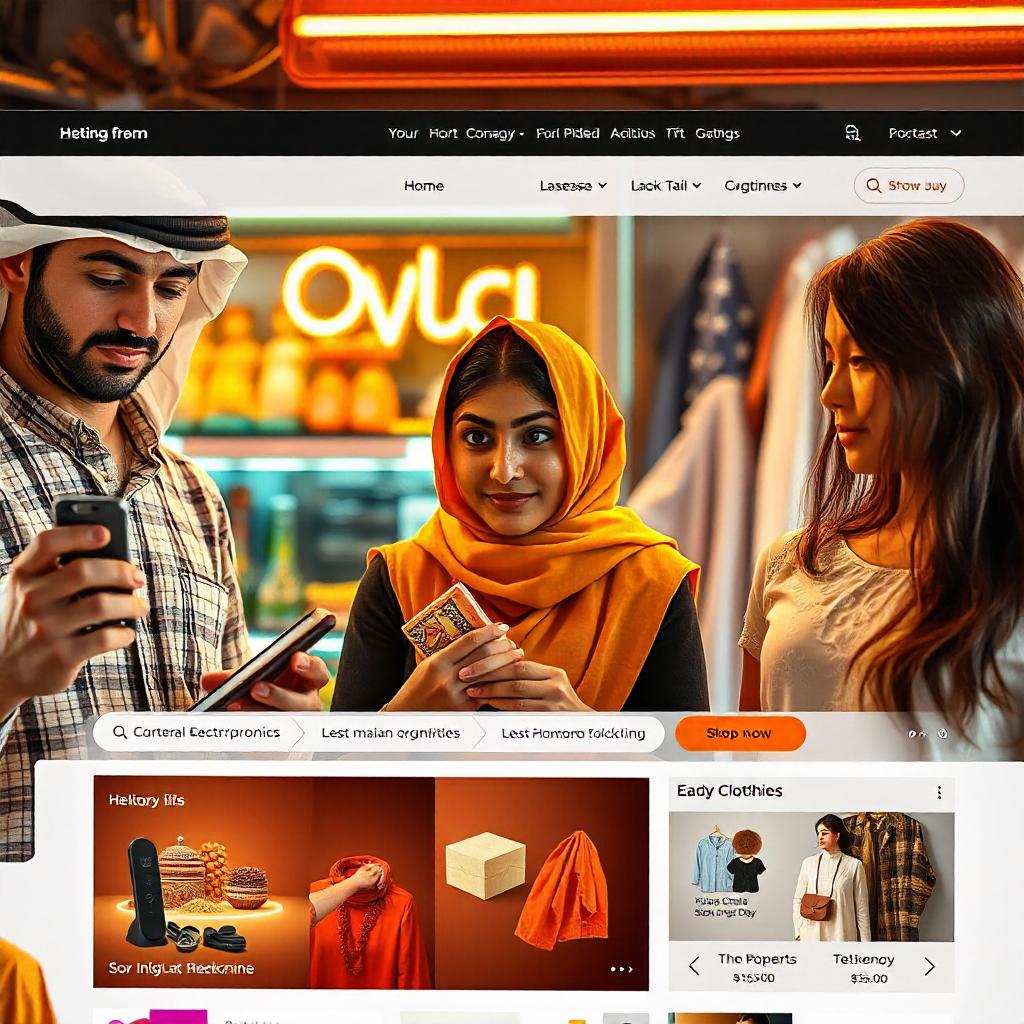How To Make Money On Fiverr
Fiverr is one of the most popular freelancing platforms, connecting businesses and individuals with skilled professionals offering a wide range of services. Whether you’re an expert in graphic design, writing, marketing, web development, or any other field, Fiverr provides an opportunity to monetize your skills. Here’s a step-by-step guide on how to make money on Fiverr.
1. Create a Professional Profile
Your Fiverr profile is the first thing potential clients see, so it’s essential to make a great first impression. Here’s how to optimize it:
- Choose a professional profile picture: Use a clear, friendly, and professional photo. A well-lit headshot often works best.
- Write an engaging bio: Your bio should highlight your skills, experience, and what makes you stand out. Keep it concise, professional, and client-focused.
- List your skills: Add relevant skills to your profile to help clients find you when they search for specific services.
- Set a clear niche: Specializing in one area or niche can make it easier for clients to find you and increase your chances of being hired.
How to Earn Money Online – The Ultimate Guide to Financial Freedom!
2. Create Gig Listings
On Fiverr, you offer services through “gigs.” Each gig is a specific service that you provide, and it’s essential to make each listing as detailed and appealing as possible.
- Define your service: Be clear about what you’re offering, including deliverables, timelines, and any extras. For example, if you’re a graphic designer, you might offer a gig for creating a logo, social media graphics, or website banners.
- Use relevant keywords: Make sure to use keywords in your gig title and description to help clients find your services. Think about what potential clients might search for when they need your expertise.
- Add gig extras: Fiverr allows you to offer extras, such as faster delivery, premium services, or additional revisions. This is a great way to increase your earnings per gig.
- Set a competitive price: Fiverr has a tiered pricing structure, so you can start with a low price to attract clients and gradually increase your rates as you build a reputation.
- Create a compelling gig description: Highlight the benefits of working with you, your expertise, and why clients should choose you over other sellers. Be clear and concise while emphasizing your unique value proposition.
3. Offer High-Quality Work
The quality of your work is the most important factor in your success on Fiverr. Delivering top-notch work ensures that clients will leave positive reviews, helping you build your reputation and gain repeat business.
- Communicate with clients: Understand their needs before starting the project. Clear communication is key to ensuring both parties are aligned on expectations and requirements.
- Meet deadlines: Always deliver your work on time. Fiverr’s review system places great emphasis on punctuality, and clients appreciate reliability.
- Exceed client expectations: Whenever possible, go above and beyond what’s asked for. This could include offering a little extra or providing more value than what’s expected.
4. Collect Positive Reviews
Reviews are critical to your success on Fiverr. Positive reviews increase your visibility and credibility, leading to more sales. Here’s how to collect reviews:
- Ask for feedback: After completing a project, kindly ask clients to leave a review. Be sure to let them know that feedback is essential for you to continue improving your services.
- Provide excellent customer service: A great experience encourages clients to leave a positive review. Keep your communication professional and respectful throughout the project.
- Handle disputes professionally: Sometimes, clients may not be satisfied, but how you handle these situations can make a difference. Offer revisions if necessary and try to resolve issues calmly and professionally.
How to Earn Money Online – The Ultimate Guide to Financial Freedom!
5. Market Your Gigs
While Fiverr is a platform with built-in traffic, marketing your gigs outside the platform can help you get more visibility and sales.
- Leverage social media: Share your Fiverr gigs on your social media profiles to reach a wider audience. Use relevant hashtags and targeted posts to attract potential clients.
- Join Fiverr groups: Participate in Fiverr communities and forums to connect with potential clients and other freelancers. Networking can lead to collaborations and referrals.
- Create a portfolio: If possible, create a website or portfolio to showcase your Fiverr work. Linking to this site from social media and other platforms can direct traffic to your Fiverr gigs.
6. Upgrade Your Gigs With Fiverr Pro
Fiverr Pro is a premium offering for top-tier freelancers who want to showcase their high-level skills. If you’re an experienced professional, Fiverr Pro can help you stand out and command higher rates.
- Apply for Fiverr Pro: Fiverr Pro is available by invitation, but you can apply if you meet the requirements. Having Pro status can set you apart from other sellers and help you gain higher-paying clients.
- Stand out with a verified badge: Fiverr Pro gigs are marked with a verified badge, which signals to clients that you are a top professional. This can help attract higher-quality clients willing to pay more for your services.
7. Optimize for Search (Fiverr SEO)
Fiverr uses an internal search algorithm, meaning your gigs need to be optimized to rank higher in search results.
- Use relevant tags: Fiverr allows you to use tags to help clients find your services. Choose tags that accurately describe your skills and target audience.
- Stay active on the platform: Fiverr tends to prioritize active sellers. Respond to inquiries quickly, deliver work on time, and keep your gigs updated to improve your ranking in search results.
- Update your gig regularly: Fiverr rewards sellers who consistently update their gigs, so make sure to periodically review and refresh your gig descriptions, pricing, and images.
8. Diversify Your Offerings
Once you’ve built a reputation and a steady stream of clients, consider diversifying the services you offer on Fiverr. This will help you attract a wider audience and increase your income potential.
How to Earn Money Online – The Ultimate Guide to Financial Freedom!
- Offer different packages: Many sellers offer basic, standard, and premium packages with varying levels of service. This can appeal to different clients with varying budgets and needs.
- Add complementary services: If you’re a graphic designer, you might also offer social media posts or website design services. If you’re a writer, consider offering blog posts, product descriptions, and copywriting services.
9. Scale Your Fiverr Business
As you grow on Fiverr, you can begin scaling your business by increasing your rates, taking on more projects, or even outsourcing work to other freelancers.
How to Earn Money Online – The Ultimate Guide to Financial Freedom!
- Increase your rates: As you gain experience and positive reviews, you can gradually increase your rates for new clients while still honoring previous commitments at older rates.
- Outsource tasks: If you’re overwhelmed with work, consider outsourcing certain tasks to other freelancers on Fiverr. This allows you to take on more orders without sacrificing quality or missing deadlines.









